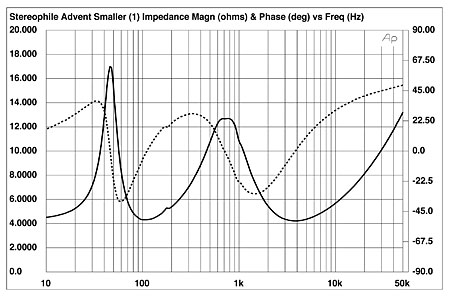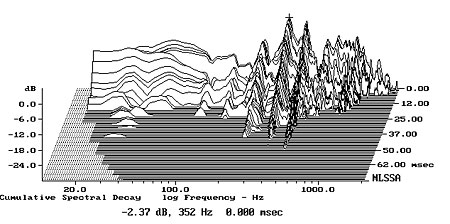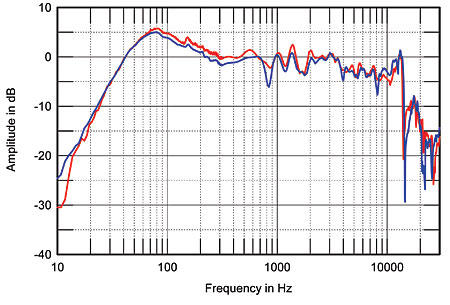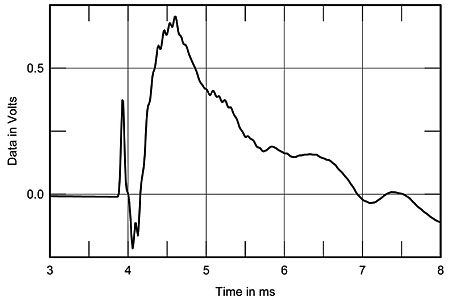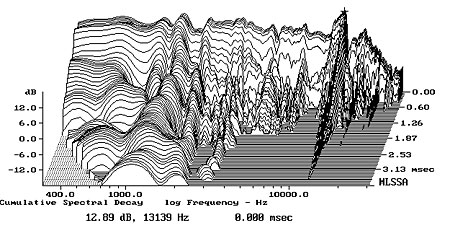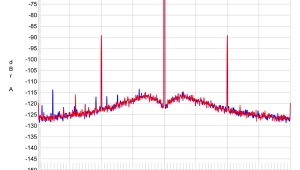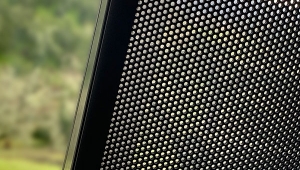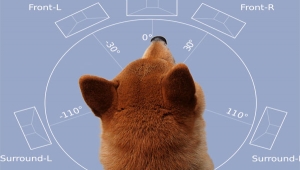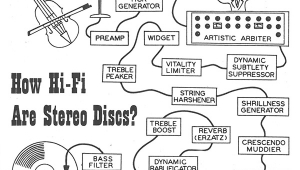| Columns Retired Columns & Blogs |
I bought the Small Advents when they were introduced, from AudioCraft in Cleveland. I completely believed the advance publicity on the Small Advents, i.e. bass response essentially the same as the original Advent speaker. But although I can't find the pertinent review on the Web right now, I clearly remember a statement in the review by one of the larger-circulation magazines I read back then (Audio, High Fidelity, or Stereo Review): "Response at 30 hz was mostly doubling". It rather shattered my confidence in engineering-speak for some time afterward.
